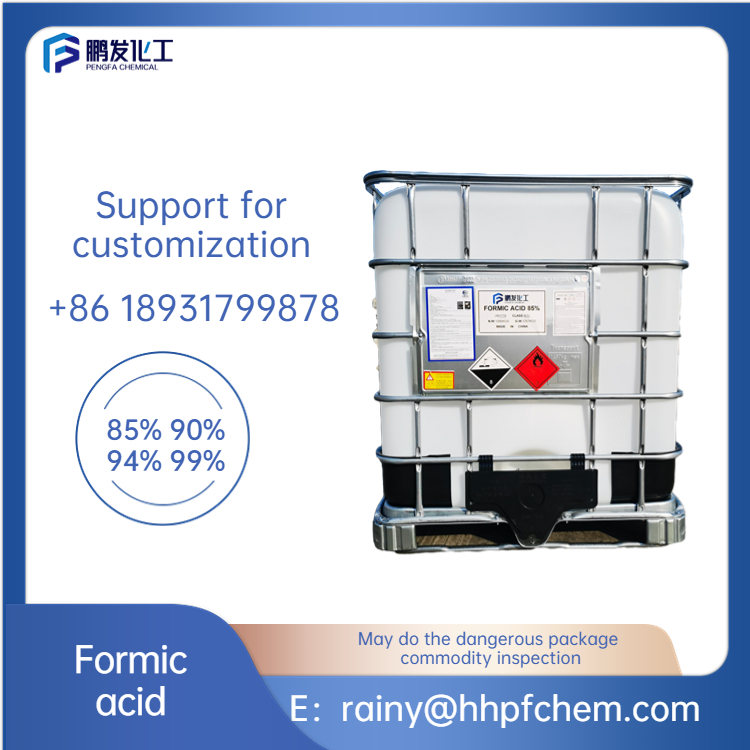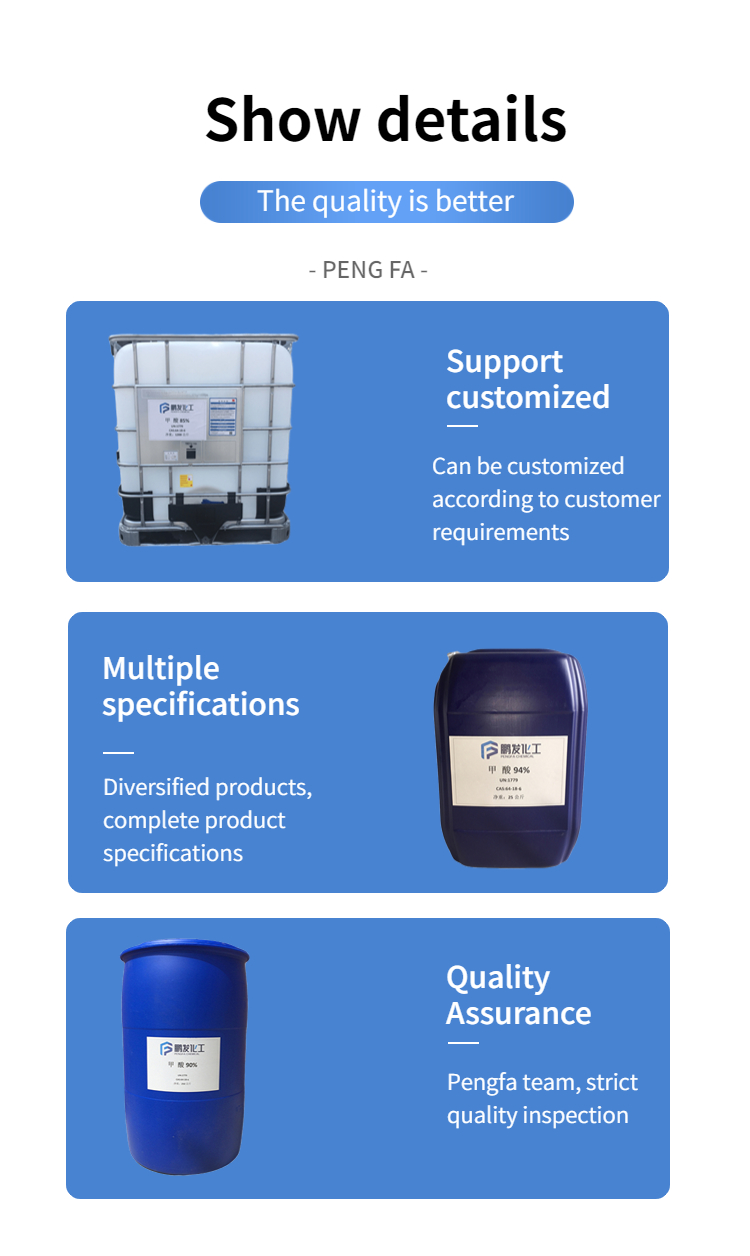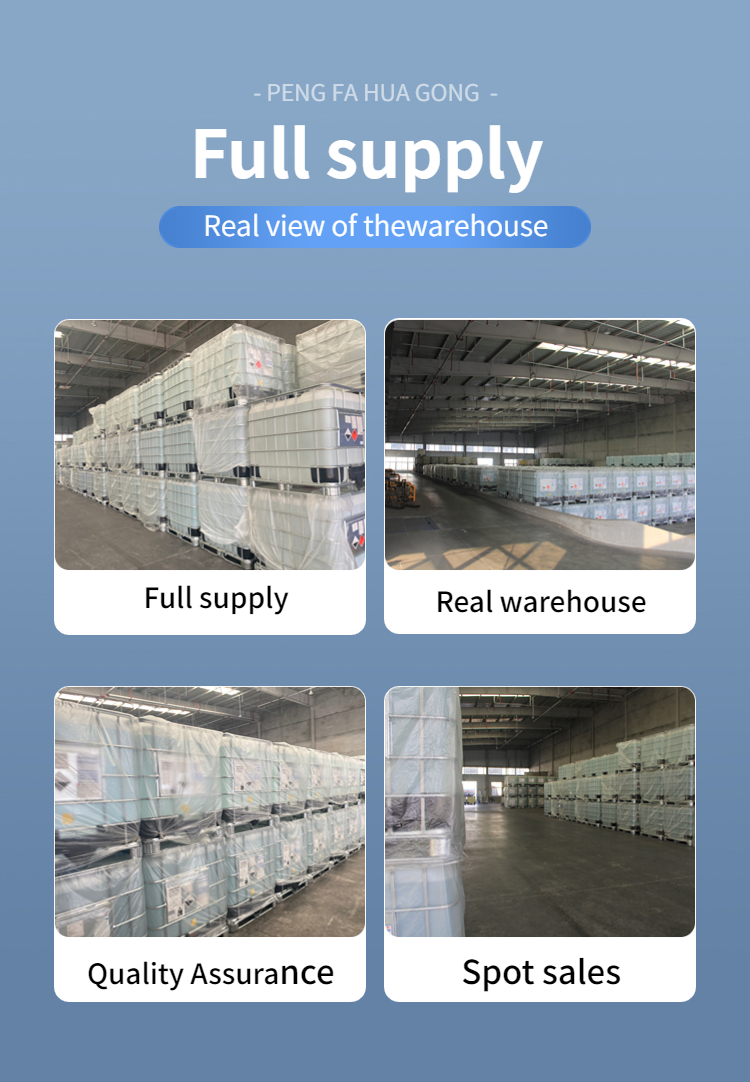Formic acid is a very common chemical product in our lives. For most people, the main characteristic of formic acid is the pungent smell, which can be smelled from a distance, but that’s all most people remember about formic acid.
What is formic acid? What’s the use? In what areas of our lives? Wait a minute. A lot of people can’t answer that.
Actually also can understand, after all, formic acid is not a popular product, to understand it, or to have a certain knowledge, occupation or threshold.
As a colorless but pungent-smelling liquid, it is also highly acidic and corrosive, and if we accidentally make direct contact with it with our fingers or other skin surfaces, then the skin surface will be because of its irritant blistering directly, need to see a doctor as soon as possible, for treatment.
But even though formic acid is not widely recognized, in real life it is one of the most widely used chemical products, not only in all aspects of our lives, there are a lot of fields you haven’t thought about, in fact there is formic acid, but also made a lot of contributions, has an important position.
For example, in pesticides, leather, dyes, pharmaceuticals and rubber and other industries, as long as you pay a little attention to observe, you can find traces of formic acid. Aqueous solutions of formic acid and formic acid not only dissolve metal oxides, hydroxide, and many metals, but the formates they produce also dissolve in water and can be used as chemical cleaning agents.
In addition to the above applications, formic acid can also be used in the following aspects:
Pesticides: Triadimefon, Triadimefon, tricyclazole, triazole, paclobutrazol, uniconazole, Mebendazole, insecticidal ether, etc. Chemistry: calcium formate, sodium formate, ammonium formate, potassium formate, ethyl formate, barium formate, formamide, rubber antioxidant, neopentyl glycol, epoxidized soybean oil, epoxidized soybean octyl oleate, TEVALOYL chloride, paint remover, Phenol formaldehyde resin, pickling steel plate, etc. 4. Leather: tanning agents, deashing agents and neutralizers for leather; 5. Rubber: rubber coagulant; 6. Other: manufacturing mordant dyes for printing and dyeing, fiber and paper dyes, treatment agents, plasticizers, food preservation and animal feed additives.
Post time: Mar-03-2023

